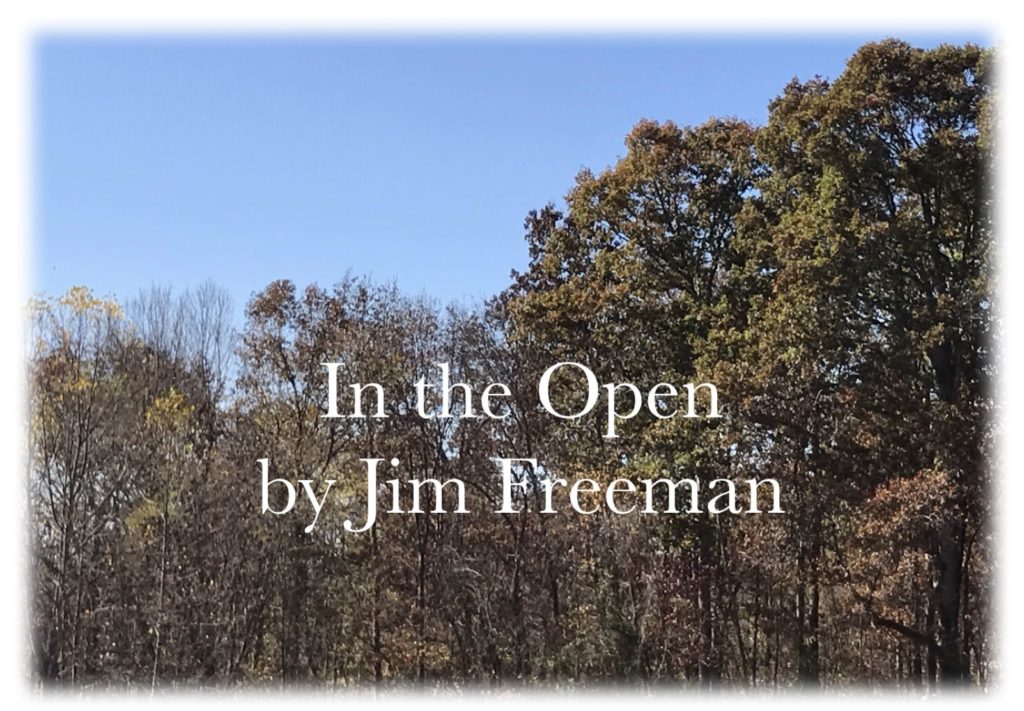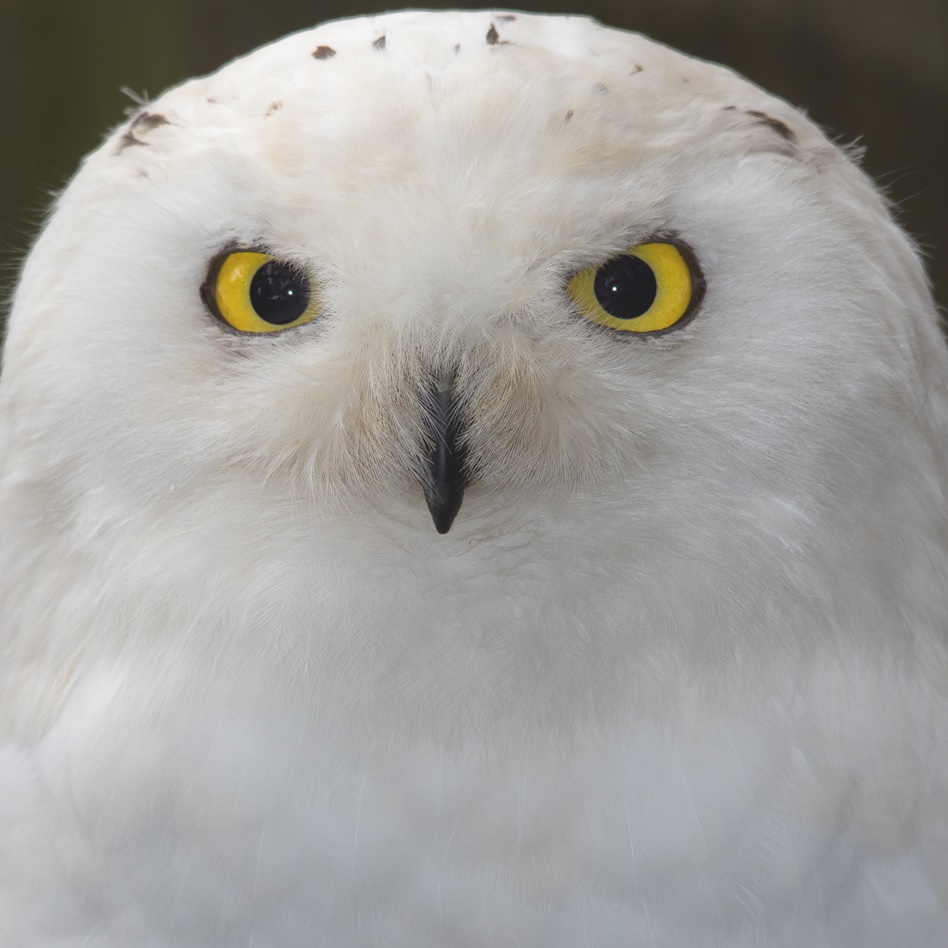In the Open: Snowy Owls Invading Ohio


Keep your eyes open for snowy owls.
Although they are rare visitors to our part of the country, the snowy owl population is in the midst of an irruption – a fancy word for a large number of animals showing up where it is not common to see large numbers of them.
According to website dedicated to tracking snowy owls, Project SNOWstorm (projectsnowstorm.org), for reasons that are not fully understood, snowy owls have come flooding down from the north. Smaller irruptions happen on average every four or five years, but mega-irruptions occur once or twice in a lifetime – when snowy owls show up further south and in far greater numbers than usual.
According to numerous news reports, nearly a dozen snowy owls have been sighted in the Cleveland area in northern Ohio, and more locally a young, male snowy owl created a bit of a sensation when it showed up last month in Vienna, W.Va. After several days it was determined that intervention was necessary (intervention is never the first option) and it was captured and taken in by the Morgantown, W.Va.-based Avian Conservation Center of Appalachia (ACCA).

Fortunately for bird lovers, snowy owls are easy to spot. This large, yellow-eyed, black beaked owl is almost instantly recognizable – Harry Potter fans will undoubtedly recognize it as Harry’s owl, Hedwig.
According to one popular informational website, it is the heaviest North American owl, and also one of the largest. The adult male is nearly entirely snow white, while the female and young are more mottled. They are well-suited for life in the Arctic.
They nest as far north as is possible in the extreme Arctic fringe of North America, Europe and Asia. In the winter they usually travel no further south than Canada, but some winters – including this one – they travel much further south in greater numbers than usual. For snowy owls, Ohio is the deep south; consider it the owl equivalent of a human going to Florida for the winter.
Snowy owls prefer open, tundra-like areas, and when nesting the female will lay between three and 11 eggs in a nest that lies on top of the ground. They eat large numbers of rodents but any small animal or bird can potentially fall prey to the snowy owl.
Unlike other owls, snowy owls don’t mind daylight at all – considering that they are accustomed to constant daylight around the summer solstice. They are diurnal and will hunt for prey during the day.
In the case of snowy owls, the irruption is being attributed to abundant summer prey with the resulting high nesting success rate, and adult birds kicking younger birds out of their territory.
There aren’t many people where the snowy owls typically make their homes, and there are a lot of bad things that can happen to them around people – automobile collisions, accidental poisonings, and electrocution, to name a few. They aren’t used to being around people, utility wires, cars, and all of the commotion, so if you do see one, enjoy the sight but keep your distance.
Of course all owls and raptors are federally protected, and you aren’t allowed to possess one, or even parts of one, with appropriate permits.
By the way, the Vienna snowy owl’s story is happier than most: upon further examination it was discovered that the owl had a right shoulder injury and was dangerously underweight. However it is healing nicely under the care of the ACCA, and he was recently moved into a larger enclosure to begin exercising.
You can follow this particular snowy owl’s adventure on Facebook through the Avian Conservation Center of Appalachia. So keep your eyes open and maybe you will get to see one of these Arctic visitors.
Jim Freeman is the wildlife specialist for the Meigs Soil and Water Conservation District. He can be contacted weekdays at 740-992-4282 or at [email protected]






